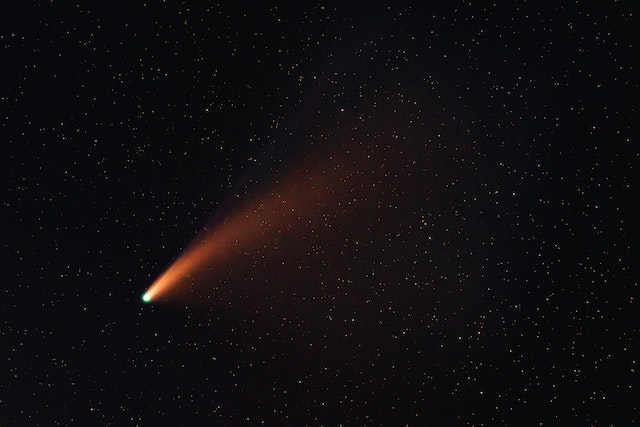In an astonishing development that seems straight out of the Star Wars universe, astronomers have made a groundbreaking discovery—a planet located within a binary star system. This extraordinary finding challenges our previous understanding of planetary formation and opens up new possibilities for the existence of exotic worlds.
The newly discovered planet, designated Kepler-16b, orbits around two stars, much like the fictional Tatooine from the Star Wars saga. Situated approximately 200 light-years away, this remarkable celestial body has captured the attention and imagination of scientists and space enthusiasts worldwide.
Kepler-16b is not a habitable planet; instead, it is a gas giant similar in size to Saturn. Its orbit within a binary star system presents a unique set of circumstances that astronomers are eager to investigate further. By studying this intriguing planet, scientists hope to gain insights into the complex dynamics of planetary systems and the factors that influence their formation and evolution.
This discovery marks a significant milestone in our ongoing exploration of the cosmos. It demonstrates the remarkable progress made in exoplanet research and our ability to detect and analyze celestial bodies beyond our own solar system. The presence of a planet within a binary star system challenges our preconceived notions about planetary formation, highlighting the diverse range of environments that can exist throughout the universe.
The discovery of Kepler-16b not only captivates the scientific community but also sparks the imagination of those familiar with the Star Wars franchise. The concept of a planet orbiting two stars, once considered purely fictional, has now become a reality. This remarkable finding reminds us of the vastness and complexity of the universe, pushing the boundaries of our understanding and inspiring us to explore even further.
The detection of Kepler-16b is a testament to the ingenuity and technological advancements of modern astronomy. Through the use of cutting-edge instruments and sophisticated detection methods, astronomers continue to unravel the mysteries of the cosmos. Each new discovery brings us closer to comprehending the vast diversity of planetary systems and the potential for life beyond our own planet.
While we may not be able to travel to a galaxy far, far away like the characters in Star Wars, the discovery of Kepler-16b fuels our curiosity and drives us to continue exploring the wonders of the universe. It serves as a reminder that reality can sometimes be as captivating as fiction, and that the cosmos is filled with extraordinary surprises waiting to be uncovered.
As we celebrate this remarkable discovery, we are reminded of the boundless possibilities that lie within the cosmos. The detection of a planet within a binary star system expands our understanding of planetary formation and challenges our perceptions of the universe. It ignites our sense of wonder and reminds us that the universe is a vast and awe-inspiring place, brimming with wonders yet to be revealed.
The discovery of Kepler-16b brings us closer to realizing that the Star Wars universe may not be as far-fetched as we once believed. It encourages us to continue pushing the boundaries of scientific exploration, unlocking the secrets of the cosmos, and expanding our knowledge of the universe we inhabit. With each new discovery, we take another step towards a deeper understanding of the universe and our place within it.












